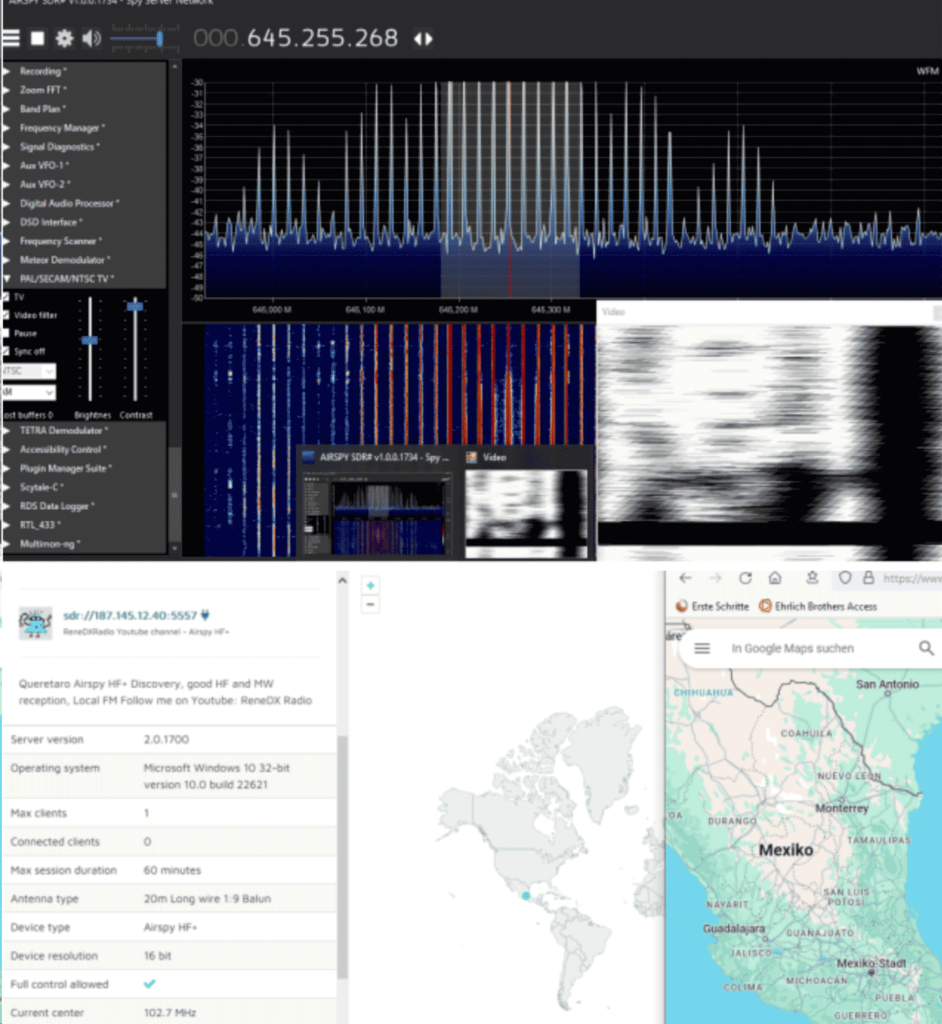WarDragon: Real-Time Drone Remote ID Tracking with Snifflee, TAR1090 and ATAK
Over on YouTube Aaron, creator of DragonOS and the WarDragon kit has uploaded a video showing how he was able to detect drone Remote ID with a Bluetooth dongle and plot it on a TAK map. Remote ID is an RF system regulated in many countries that broadcasts drone information, including GPS position, often over Bluetooth Long Range or Wi-Fi. Note that the Bluetooth dongle is not an SDR, but this story may still be interesting for many readers.
The setup uses Sniffle, which is an open-source Bluetooth sniffer program for TI CC1352/CC26x2 based Bluetooth hardware. Sniffle passes sniffed data packets into SniffleToTak which is open-source software that relays the drone ID packets into a TAK server, which can then be viewed in TAK software like ATAK.
Aaron tests the setup with his DJI drone flying nearby, and shows that the drone is successfully detected and plotted on the TAK map. He also plots the positions of nearby aircraft received via a second ADS-B receiver to show that drones and aircraft can be plotted on the same map.







